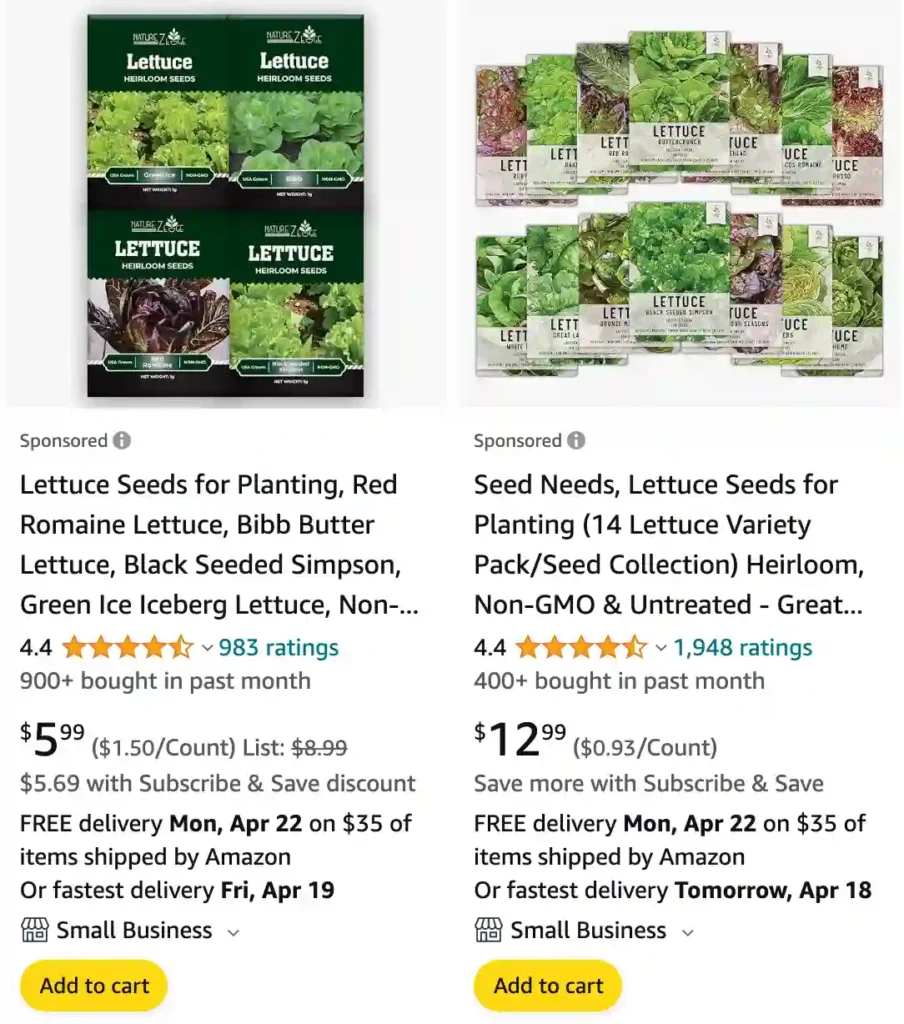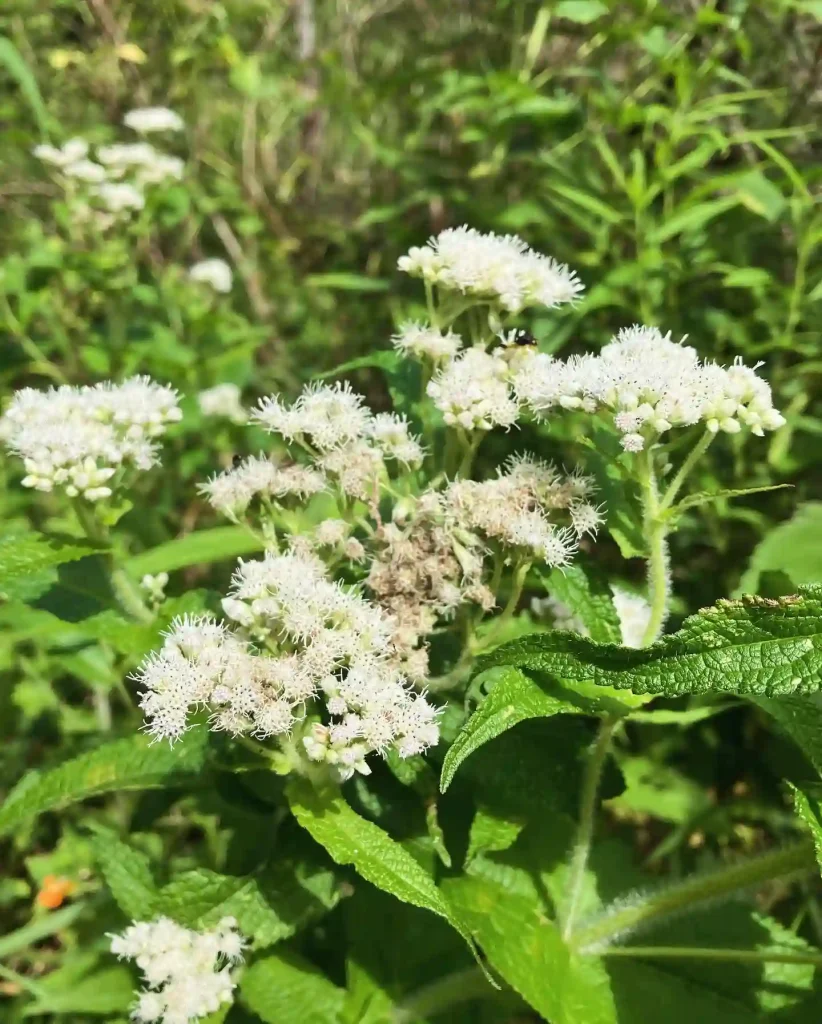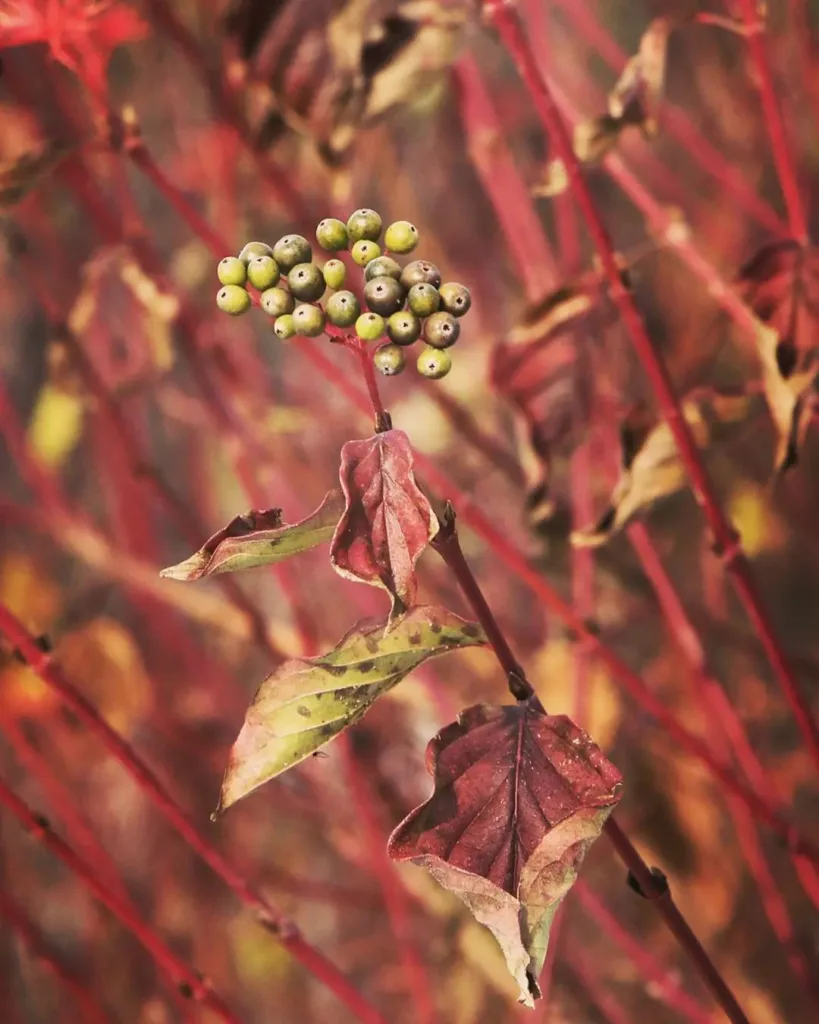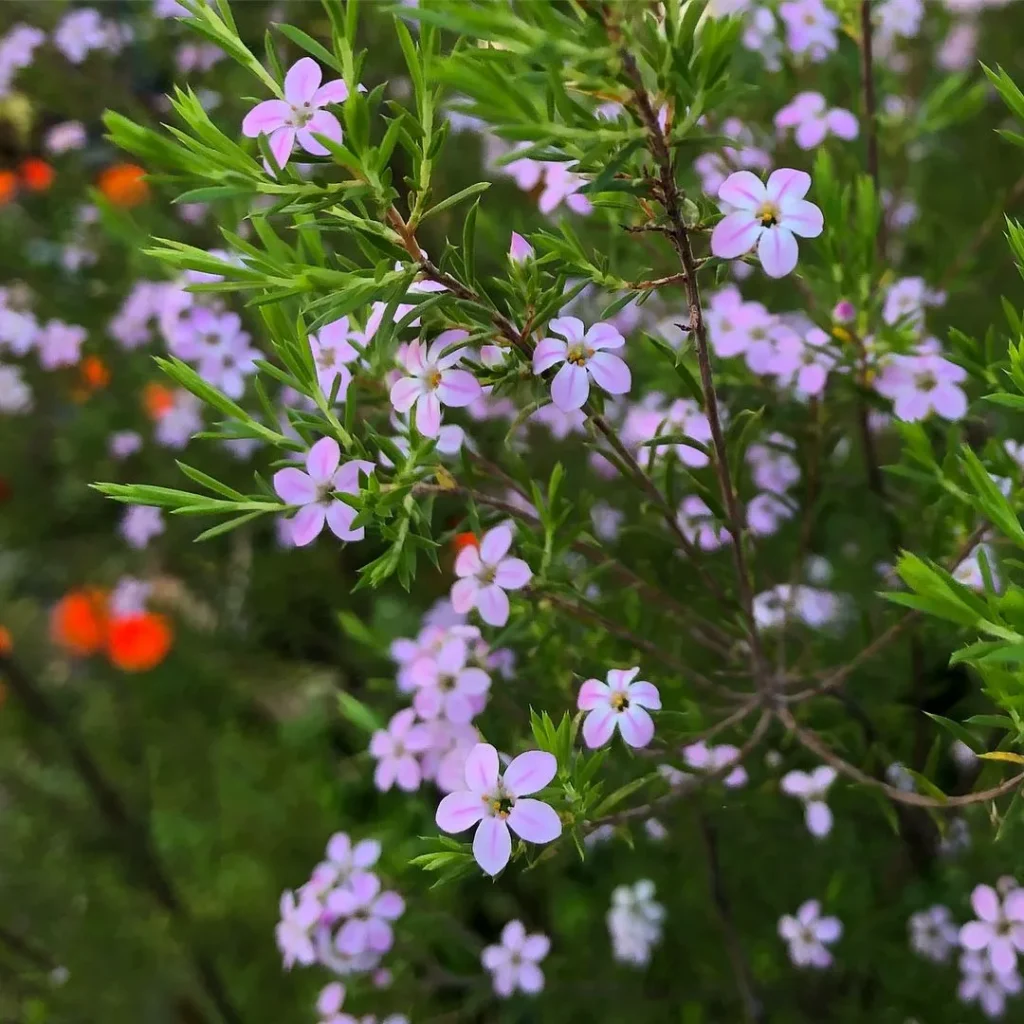
117 Species in Genus Lactuca
FAQs
What is Lactuca Sativa?
Lactuca Sativa, commonly known as lettuce, is a leafy green vegetable that’s a staple in salads and sandwiches worldwide. This plant belongs to the Asteraceae family, which also includes sunflowers, daisies, and chrysanthemums. It’s a cool-season crop, making it a popular choice for spring and fall gardens. Its crisp leaves are not only a source of dietary fiber but also packed with vitamins and minerals, making it a nutritious addition to any diet.
Can dogs eat lettuce?
From my experience, letting my dog have a bit of lettuce now and then hasn’t caused any issues; it’s a low-calorie treat that he seems to enjoy.
Can you freeze lettuce?
I tried freezing lettuce once, but the texture changed so much that it was more like mush when thawed, making it best suited for cooking rather than fresh salads.
Is lettuce good for you?
In my opinion, lettuce is a great addition to a diet; it’s hydrating and low in calories, which makes it a refreshing and healthy option for me.
Can cats eat lettuce?
I’ve given my cat a small piece of lettuce occasionally, and while he seems curious, he doesn’t show much interest or enthusiasm for it.
How to harvest lettuce?
I usually harvest lettuce by cutting the outer leaves first, allowing the inner leaves to continue growing, which keeps a steady supply of fresh greens.
How many calories in lettuce?
Lettuce is so low in calories that I often use it as a base for my meals without worrying about overindulgence—just a few calories per serving.
How to grow lettuce?
Growing lettuce for me has been straightforward; I start with seeds in a cool, sunny spot and keep the soil moist, and it grows relatively quickly.
How to keep lettuce fresh?
I keep my lettuce fresh by storing it in a crisper drawer in a plastic bag with a paper towel to absorb excess moisture.
Can cats have lettuce?
My cats occasionally nibble on lettuce, but it doesn’t seem to be a favorite; they show more interest in their usual treats.
Can chickens eat lettuce?
I’ve found that my chickens love lettuce; it’s a great way to give them a nutritious and crunchy treat.
Can bearded dragons eat lettuce?
I’ve tried giving my bearded dragon lettuce, but it wasn’t very interested; it seems to prefer other veggies like butternut squash.
Can rabbits eat lettuce?
My rabbits enjoy lettuce as a part of their diet, but I make sure to offer it in moderation along with other leafy greens.
Can guinea pigs eat lettuce?
Guinea pigs can eat lettuce, and mine seem to relish it, but I always mix it with other veggies to ensure a balanced diet.
Can hamsters eat lettuce?
I’ve given my hamster small amounts of lettuce, and he seems to like it, but it’s not a major part of his diet—just a fun treat now and then.
Does rabbits eat lettuce?
Yes, rabbits definitely eat lettuce, and they seem to enjoy it; I just make sure to offer it alongside other fresh vegetables.
Is lettuce keto?
Lettuce fits perfectly into my keto diet; it’s low in carbs and helps me feel full without affecting my ketone levels.
What to serve with lettuce wraps?
I love using lettuce wraps to serve with a mix of seasoned chicken, veggies, and a dash of spicy sauce for a tasty and low-carb meal.
Do deer eat lettuce?
I’ve seen deer munching on my garden lettuce, so I’ve had to find ways to protect it from these hungry visitors.
How much sun does lettuce need?
Lettuce grows well for me with about 4 to 6 hours of sunlight daily; too much sun can sometimes make it bolt too quickly.
Can goats eat lettuce?
My goats enjoy lettuce as a treat, and it’s a great way to give them a bit of variety in their diet.
Can turtles eat lettuce?
I’ve given lettuce to my turtles, and while they nibble on it, they prefer more substantial greens like collard or dandelion leaves.
Do squirrels eat lettuce?
Squirrels do nibble on lettuce in my garden, though they seem to prefer nuts and seeds if they’re available.
When is lettuce ready to harvest?
Lettuce is usually ready to harvest when the leaves are well-sized and before they start to bolt, which happens around 30 to 60 days from planting.
Why does lettuce turn pink?
I’ve noticed that lettuce can turn pink due to stress or bolting, usually when it’s exposed to too much heat or is overripe.
How many lettuce seeds per hole?
I typically plant 2 to 3 lettuce seeds per hole to ensure good germination and then thin them out once they’ve sprouted.
Lettuce vs Cabbage
I’ve always found cabbage to be a bit too dense for my taste compared to the light, crisp texture of lettuce; cabbage has a sturdier bite that just doesn’t hit the same way in a salad.
Lettuce vs Spinach
Spinach has a richer, more earthy flavor that I really enjoy in cooked dishes, but for raw salads, I prefer the mild and refreshing taste of lettuce.
Lettuce vs Romaine
Romaine is my go-to for hearty salads; its crunchy texture and slightly bitter taste add a nice contrast to the softer, more neutral lettuce leaves.
Lettuce vs Arugula
Arugula’s peppery kick is great for adding a bold flavor to my salads, but sometimes I crave the milder, cooler crunch of plain lettuce instead.
Lettuce vs Broccoli
Broccoli‘s crunch and robust flavor make it perfect for stir-fries and roasting, but when it comes to fresh salads, I stick with the lightness of lettuce.
Lettuce vs Cauliflower
I love the versatility of cauliflower, especially roasted or in soups, but for a fresh and crisp salad base, lettuce is definitely my first choice.
Lettuce vs Celery
Celery adds a nice crunch and subtle flavor to salads, but it often feels a bit too fibrous for my taste compared to the smoother texture of lettuce.
Lettuce vs Cucumber
Cucumber offers a refreshing crunch that complements lettuce well, but I often find lettuce alone to be more versatile for different types of salads.
Lettuce vs Iceberg
While Iceberg lettuce has a great crunch, I usually opt for other lettuce varieties with more flavor and nutritional value, though Iceberg still has its place in a classic wedge salad.
Lettuce vs Jedis
I haven’t come across Jedis in my cooking adventures, so I can’t compare it to lettuce based on my personal experiences.
Lettuce vs Kale
Kale’s hearty, slightly bitter taste is great for nutrient-packed salads and smoothies, but sometimes I just want the crisp and gentle crunch of lettuce.



